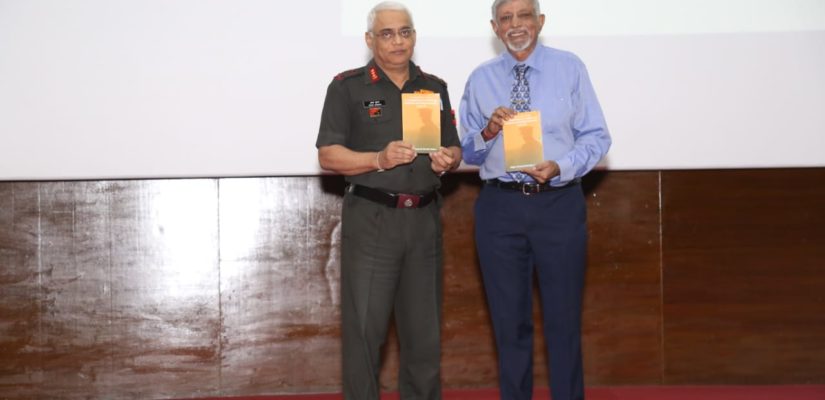
Indo-China standoff- Way ahead after Galwan The edition (online) 20th Jun 2020
Indo-China standoff- Way ahead after Galwan The edition (online) 20th Jun 2020
The Galwan clash between Indian and Chinese forces leading to large number of casualties on both sides was the most serious LAC incident since 1975. The Indian forces lost the Commanding officer of the BIHAR Battalion, Colonel Santosh Babu, and nineteen other men, while many were injured.
The Chinese have not shared their casualties, estimates of which range from 35 to 43 dead. Helicopters were witnessed ferrying their dead and wounded. The forces have since disengaged and stepped back. The location where the clash occurred is a narrow ledge, where pushing and shoving could lead to a fall into the freezing river below.
The LAC has been facing turbulence since early May when the Chinese attempted to change status quo. The Chinese prepared and armed themselves for skirmishes and violence, below the level of firing. They had camped in regions which they claimed belonged to them. Indian forces deployed almost simultaneously, preventing their further advance. Multiple rounds of military to military talks have taken place, however no resolution appears in sight. Local agreements to pull back have been reached to prevent incidents like what occurred at Galwan.
While loss of lives as at Galwan, is deplorable, the incident is an eyeopener for the Indian leadership, both political and military. It must now consider the future. Primarily, the Chinese cannot be trusted to adhere to agreements. There are five agreements between the two nations to resolve border disputes, none of which have been adhered to by the Chinese.
Both forces, to prevent escalation, move without weapons in firing mode. Indian forces also do not seek to threaten Chinese as they wish to resolve standoffs without violence. Increased violence in this incident changed the scenario. Logically, orders should now be issued for Indian soldiers to respond by fire in case such incidents reoccur. India would need to be prepared for an escalation. As a precautionary measure, Indian troops have been provided with body protection.
Slow progress of talks indicates that the Chinese are in no hurry to end the standoff. With conducive weather, they are prepared to prolong the standoff. India should adopt a similar approach and not rush forward seeking talks at multiple levels.
India should change its approach to offensive from the defensive it is currently pursuing. It should deploy in regions it considers its own across the LAC adding pressure on China. It may lead to an escalation, but unless they get a taste of their own medicine, they will continue these incursions.
Neither side desires an escalation. China may be seeking to change status quo while demanding diplomatic or economic concessions from India. India, on the other hand will not relent to Chinese pressures, especially where development of infrastructure is concerned. In such a scenario, level of talks must involve the political level. Meanwhile, India should be prepared for a localised operations in Ladakh in case Chinese continue with violent actions. India has the capability to handle Chinese aggressions.
For China, risking escalation is dangerous. If it is pushed back, which will happen, the invincibility of the Chinese PLA would be broken. It would give confidence to Chinese neighbours with whom it currently has disputes in the South and East China Sea to challenge it. Its domestic fallout would threaten the current leadership. It would also push Indo-China relations back by a decade.